top of page

Big Title
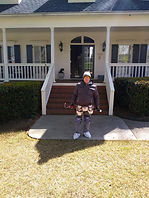
MASTER HOME INSPECTOR
15 HOURS REPORT READY
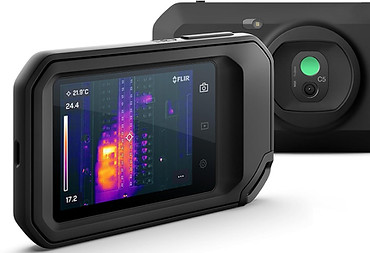
404.441.3264
HOME




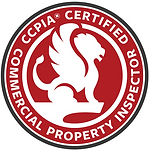
Our Services
STRUCTURAL
Foundation, footing, basement, crawlspace, interior framing, and roof structure.
EXTERIOR
Siding, trims, windows, doors, garage, retaining walls, and general overviews.
ROOF
Natural enemies, structure from the exterior, flashings, chimney, roof drainage, and roof covering
INTERIOR
An internal inspection may also be called an interior inspection. These inspections are used to determine the condition of the inside of the asset and to identify any defects that may require further testing or maintenance.
HVAC
To ensure product quality, each system is tested in a variety of environmental conditions to ensure that the following parameters are within acceptable limits at the outlet: Air flow. The temperature, pressure, and humidity.
PLUMBING
Faucets
Toilets
Showers
Tubs
Garbage Disposal
Water Heaters
Dishwasher
Water Pressure check

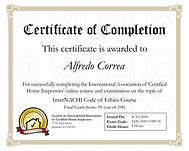
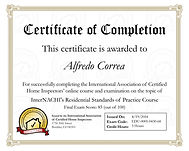
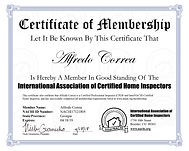
GARAGE
KITCHEN
ELECTRICAL
Electrical panel
Electrical outlets
Lighting
Wiring hazards
Appliances
Smoke and carbon monoxide detectors
Test GFCI outlets
Electric meter
FOUNDATION
FIRE PLACE
GROUNDS
ATTIC
EXTERIOR
LAUNDRY
INTERIOR


Drone Inspections
Free With Inspection
We use drones on all of our inspections to help expose otherwise hard-to-see roof issues like defective shingles, leaks, improper repairs, and more. All of our inspectors are FAA Certified Drone Pilots.
ADDITIONAL SERVICES:
RADON TEST
MOLD TEST

Heading 1
LEAD BASE PAINT TEST
COMMERCIAL INSPECTIONS

A commercial inspection is a thorough assessment of a commercial property's condition, focusing on structural integrity, mechanical systems, safety features, and overall functionality. It's a comprehensive evaluation beyond the scope of a typical residential inspection, tailored to the specific needs of commercial buildings like offices, retail spaces, industrial facilities, and multifamily dwellings.
-
Assessment of Major Systems:
Inspectors evaluate the condition and projected lifespan of HVAC, plumbing, roofing, structure, and electrical systems.
-
Safety Features:
This includes examining fire safety systems, alarms, and other safety measures to ensure compliance with regulations and protect occupants.
-
Building Components:
Inspections cover various aspects like electrical wiring, plumbing fixtures, roofing materials, and structural elements.
-
Code Compliance:
Inspectors ensure the property meets relevant building codes and regulations.
-
Potential Issues:
A key goal is to identify any existing or potential problems that could affect the property's value, safety, or operational efficiency.

Heading 2
bottom of page